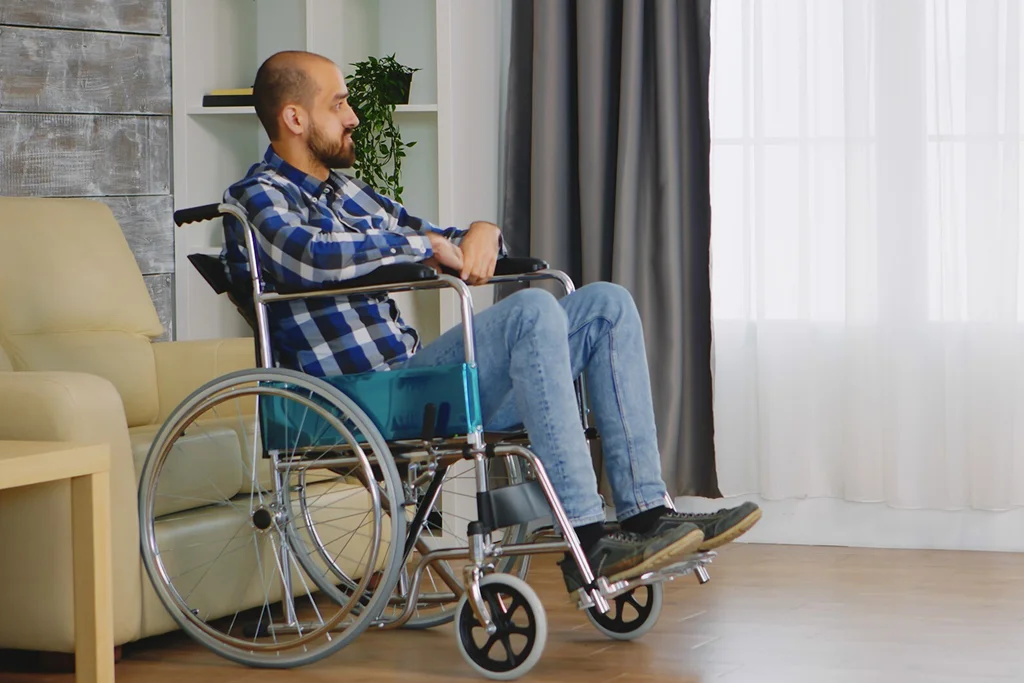Selecting the appropriate NDIS support is crucial for your independence and general wellbeing. We explain the distinctions between Specialist Disability Accommodation (SDA) and Supported Independent Living (SIL) in this guide to assist you in making well-informed decisions that are specific to your requirements. Let’s begin!
Understanding Supported Independent Living (SIL)
Key features of SIL include:
- 24/7 help: Depending on their specific requirements, participants may receive scheduled or ongoing help day and night.
- Daily Living Assistance: Personal care, medical support, cooking, cleaning, appointment scheduling, and other household chores are all parts of daily living assistance.
- Goal-Oriented: SIL supports are made to help people reach their personal goals and develop their skills and independence so they can live as independently as possible while still having their needs covered.
- Cooperation: To ensure holistic care, caregivers work in collaboration with participants and families.
- Inclusion: In a secure, encouraging setting, SIL promotes self-reliance, improves quality of life, and enables participants to interact with their community.
Types of SIL Housing:
- Shared Living Arrangements: People live in a family-like environment with support personnel.
- Individual Living Arrangements: Independent apartments for people who want their privacy yet occasionally need help.
- Group Homes: These are organised establishments that provide round-the-clock care for people who require more assistance.
Understanding Specialist Disability Accommodation (SDA)
Key features of SDA include:
- SDA offers accessible, specially designed homes for participants with complex needs.
- It is for NDIS participants who require specialised housing options as they need more assistance with their daily lives. Participants who need extensive care needs, complex behaviours, or other problems may fall under this category.
- It comes with accessibilities like wheelchair, hoists, sensory rooms, assistive technology, and adjustments to promote independent living.
- Along with on-site assistance for everyday living, SDA offers a long-term dwelling that is stable, safe, and easily accessible. Short-term or transitional housing is not its intended use.
- Tenancy administration, upkeep of the accessible home, and arranging for required support are within the purview of SDA providers. Tenancy laws safeguard those who are served and regarded as tenants.
- The NDIS allocates funds for eligible participants. This covers the housing expenses. Funding for continuing disability support services is also offered by NDIS.
SDA Housing Options
- Cluster housing: It is a collection of residences or units with common areas and round-the-clock assistance.
- Co-residential housing: This is preferred when a few participants live together in a house with live-in caregivers.
- Farmstead communities: People live and work on farms, which fosters involvement and a sense of purpose.
- Campus-style lodging: Large facilities with private rooms, shared facilities, and on-site assistance.
Differences Between SIL and SDA
| SIL | SDA |
|---|---|
| SIL is for those who can live on their own with assistance. | SDA is for those who mostly need immediate assistance and need specialised housing. |
| SIL offers adaptable supports that are available when needed. | SDA offers on-site support around the clock. |
| The participants is given choice and control for their own residence and tenancy by SIL. | Tenancy and housing are managed by SDA providers. |
| SIL makes use of the community’s existing dwellings. | SDA offers highly accessible, purpose-built housing. |
| The goal of SIL is to develop skills for independent living. | SDA seeks to offer a long-term, secure residence with assistance. |
| The participant’s NDIS package provides funding for SIL. | SDA’s housing costs are covered by separate NDIS funds. |
Eligibility Criteria
Similar to features and other things, SIL and SDA have differing eligibility requirements too. Let’s discuss the below:
SIL Eligibility
- The NDIS participant must have funds set aside in their NDIS plan for support services.
- They must be able to uphold a tenancy independently or with assistance.
- Have the capacity to improve their independent living abilities and desire greater independence.
SDA Eligibility
- A participant stands eligible for SDA housing if they have functional impairment and needs significant support to complete their long and short-term goals.
- Even with assistance, they cannot safely live in mainstream housing.
- They must present documentation attesting to their requirement for housing as per the NDIA.
SIL vs SDA: Choosing the Right Option
Individual circumstances, goals, and support requirements all play a role in choosing between SIL in Melton and SDA. To find the right option, follow these steps:
Select SIL if:
- You want to increase your level of independence and involvement in the community.
- Tenancy duties can be handled with little to moderate assistance.
- You would rather have flexible living arrangements.
2. Select SIL if:
- You require a great deal of care or accessibility.
- Your main concerns are safety and intensive support.
- Your needs make mainstream housing options unfeasible.
Conclusion
With our NDIS SIL Werribee, Beveridge and SDA services in Werribee, Matrix Healthcare aims to enable participants to live independent lives. We are committed to providing personalised support for each of them so they can live independently, inclusively, and in wellbeing. Our vision is to build a comfortable community where individuals with disabilities are provided with services to reach their dreams. We aim to understand the needs of the participants we work with while adhering to our values.








 Make My Website
Make My Website